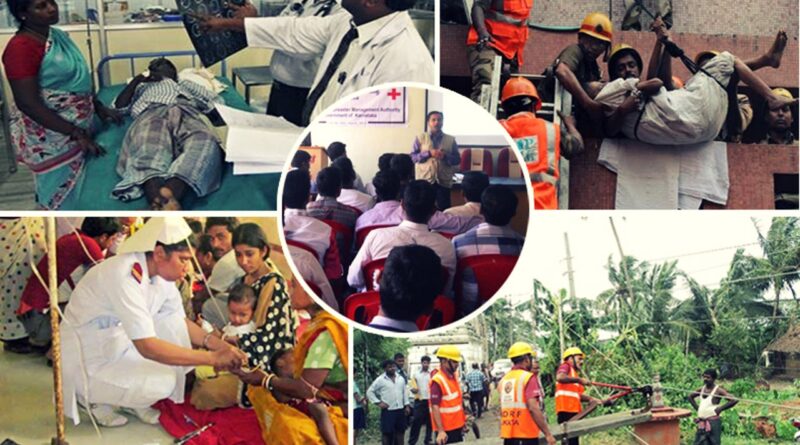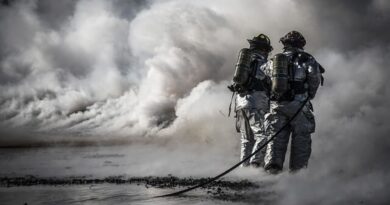What is Disaster Management? – Definition, Types And Importance
Disasters – natural or human-made are common throughout the world. It is believed that in the recent past there is an increase in their magnitude, complexity, frequency and economic impact. India is at the highest risk of exposure to natural hazards in the world.
What is a Disaster?
The term disaster owes its origin to the French word “Desastre” which is a combination of two words ‘des’ meaning bad and ‘aster’ meaning star. Thus the term refers to ‘Bad or Evil star’. A disaster can be defined as “A serious disruption in the functioning of the community or a society causing widespread material, economic, social or environmental losses which exceed the ability of the affected society to cope using its own resources”.
Disaster damage occurs during and immediately after the disaster. This is usually measured in physical units (e.g., square meters of housing, kilometres of roads, etc.), and describes the total or partial destruction of physical assets, the disruption of basic services and damages to sources of livelihood in the affected area.
Disaster impact is the total effect, including negative effects (e.g., economic losses) and positive effects (e.g., economic gains), of a hazardous event or a disaster. The term includes economic, human and environmental impacts, and may include death, injuries, disease and other negative effects on human physical, mental and social well-being. A disaster is a result of the combination of hazard, vulnerability and insufficient capacity to
reduce the potential chances of risk.
What is a Hazard?
The word ‘hazard’ owes its origin to the word ‘hasard’ in old French and ‘az-zahr’ in Arabic meaning ‘chance’ or ‘luck’. Hazard may be defined as “a dangerous condition or event, that threat or have the potential for causing injury to life or damage to property or the environment.”
Any hazard – flood, earthquake or cyclone along with greater vulnerability (inadequate access to resources, sick and old people, lack of awareness etc.) would lead to disaster causing greater loss to life and property.
For example; an earthquake in an uninhabited desert cannot be considered a disaster, no matter how strong the intensities produced. An earthquake is disastrous only when it affects people, their properties and activities. Thus, disaster occurs only when hazards and vulnerability meet. Also, with greater capacity of the individual/community and environment to face these disasters, the impact of a hazard reduces.
Difference between Natural Hazard and Disaster
| Hazard | Disaster |
| Hazard is a threat. A hazard is a dangerous physical condition or event. | Disaster is an event. It is a calamity or tragedy or a consequence of a hazard. Natural hazards that cause great loss to human life and economy are called disasters and catastrophes. A disaster disrupts the normal function of the society |
| Earthquakes, floods, volcanic eruption, landslides, droughts etc. are called natural hazards before they cause great loss of life and damage to property. |
It causes damage to property and loss of life but it also disrupts the opportunities of employment. |
| Small numbers of people are affected. | A large number of people are affected. |
| It may cause injury, loss of life or damage of property. | It causes wide spread loss to life and property. |
| Earthquakes, floods, volcanoes, tsunami, land slide, drought etc. are natural hazards. | It affects the society to such an extent that external aid becomes sate the losses. |
Classification of Disasters
Disasters can be grouped into two broad categories namely natural and manmade.
Natural disasters are disasters which are caused because of natural phenomena (meteorological, geological or even biological origin). Examples of natural disasters are cyclones, tsunamis, earthquake and volcanic eruption which are exclusively of natural origin. Landslides, floods, drought, fires are socio-natural disasters since their causes are both natural and manmade. For example flooding may be caused because of heavy rains, landslide or blocking of drains with human waste.
Manmade disasters are disasters which occur due to human negligence. These are associated with industries or energy generation facilities and include explosions, leakage of toxic waste, pollution, dam failure, wars or civil strife etc. Many occur frequently while others take place occasionally.



